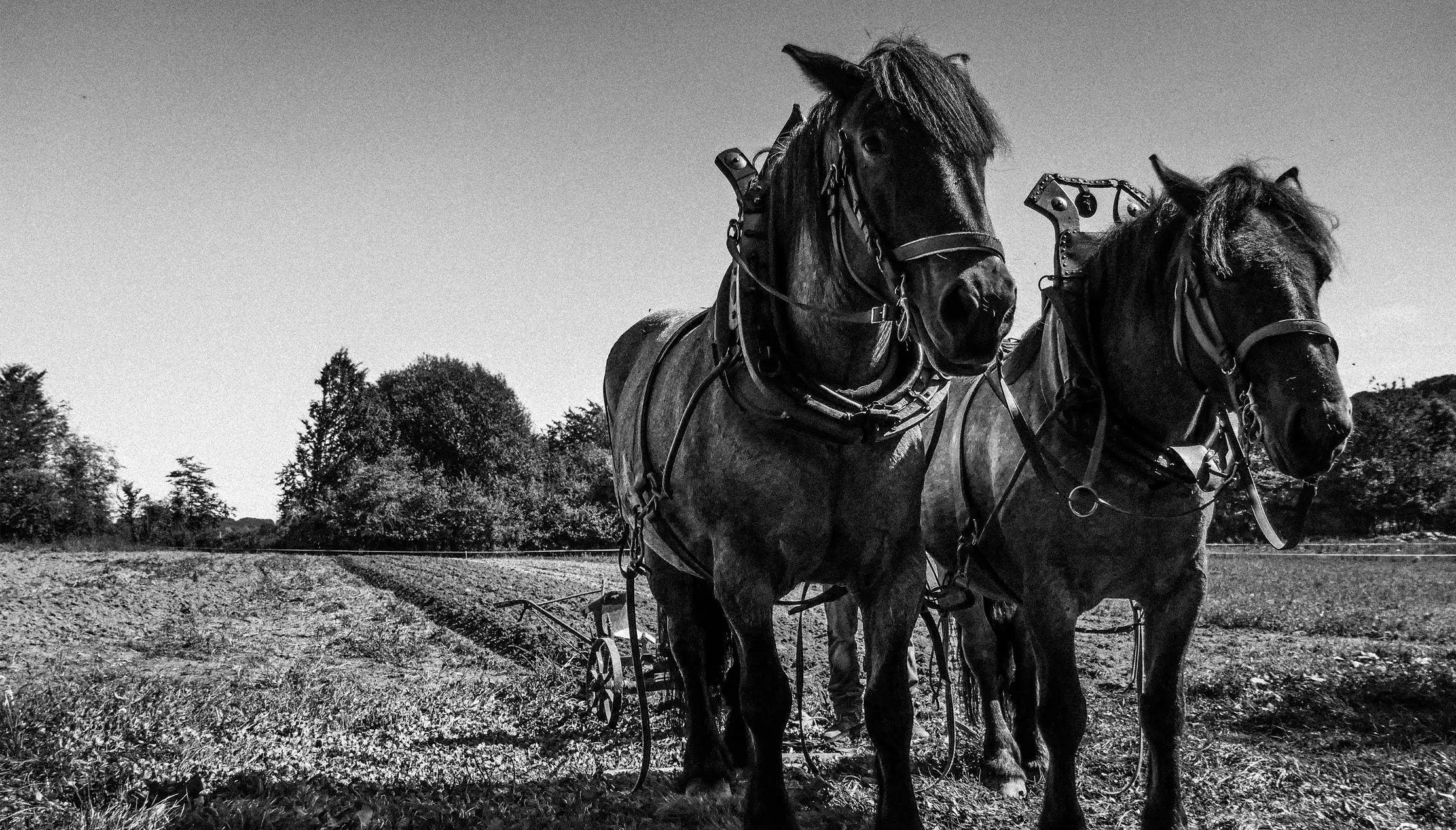The changing occupations of Burpham
Moira MacQuaide’s history of Burpham
The Domesday Book showed that Burpham was predominantly an agricultural community, with the majority of residents working on the farms or in occupations supporting farming. In addition to the farms, there were two pubs, the blacksmith, the mill and the toll gate.
The census records for 1851 and 1911 show that as agriculture reduced in importance, other occupations appeared in the area.
In 1851, there were four farms along the London Road – Winterhill, Bowers, New Inn and Weylea (also known as Chagden or Shagden). Although the Marlyns estate was also a working farm and Burpham Court Farm was on the way to Jacobs Well.
Wives and children in farming families often helped out on the farms, but occasionally there were other occupations, such as laundress. Later records show housewives, domestic services, dressmakers as well. A few men had other jobs such as carpenter or gardener, but the majority were farm labourers.
By 1911 the blacksmith’s role was changing and they often went to work with horses elsewhere or with cars. Carmen appeared as much as coachmen and carters, as cars replaced horses. Brickworks started to appear in Burpham at the turn of the century, so there were several men working in one of the two brickworks in the village. The first white-collar worker, George Fitzwren, in the 1911 census worked as a Contract Officer for the National Telephone Company and lived in Rose Cottage. H Lancelot Robson developed the orchard at the end of Winterhill Farm for fruit growing. In 1901 John Soutter, an architect, lived in The Paddocks. In 1911 Thomas Bennett was a platelayer for LSW Railway. 1911 also brought the first shop to Burpham, with William and Emma Turner running it from their front room in Burpham Lane.
In 1908 Burpham Primary School opened, but the teaching staff didn’t actually live in the village. There was also a gamekeeper, a groundsman at the golf links, electrical engineer, shop workers, post office errand boy, and an insurance agent.
There were some residents who didn’t have an occupation, such as William Henry Burbridge, a retired tea merchant, living in Marlyn’s; Arthur Rawson Birks, retired judge, living in The Paddocks; the Misses Hodgson, ladies of independent means, living in Marlyn’s Cottage. In 1851, Sarah Goddard was a pensioner living in Marlyn’s Place.
Over the next twenty-five years there were many more changes, as builders, motor engineers, petrol station, smallholders, the vicarage, laundry, accountants, bus conductor, teachers, all joined the community.
By the 21st century, Burpham residents have a wide range of occupations, many commuting to work elsewhere, and there is no farming left in the village.
If you are willing to share your memories and/or photos to tell us more about Burpham then please contact Moira MacQuaide, either by e-mail (moira.macquaide@gmail.com) or by phone or text (07963 756543). My book, Burpham – A Gateway to Guildford is still available from me for £10 (free delivery locally) or on Amazon, but the History of Burpham Primary School 1908-2014 is now out of print (available to borrow at Guildford Library).





